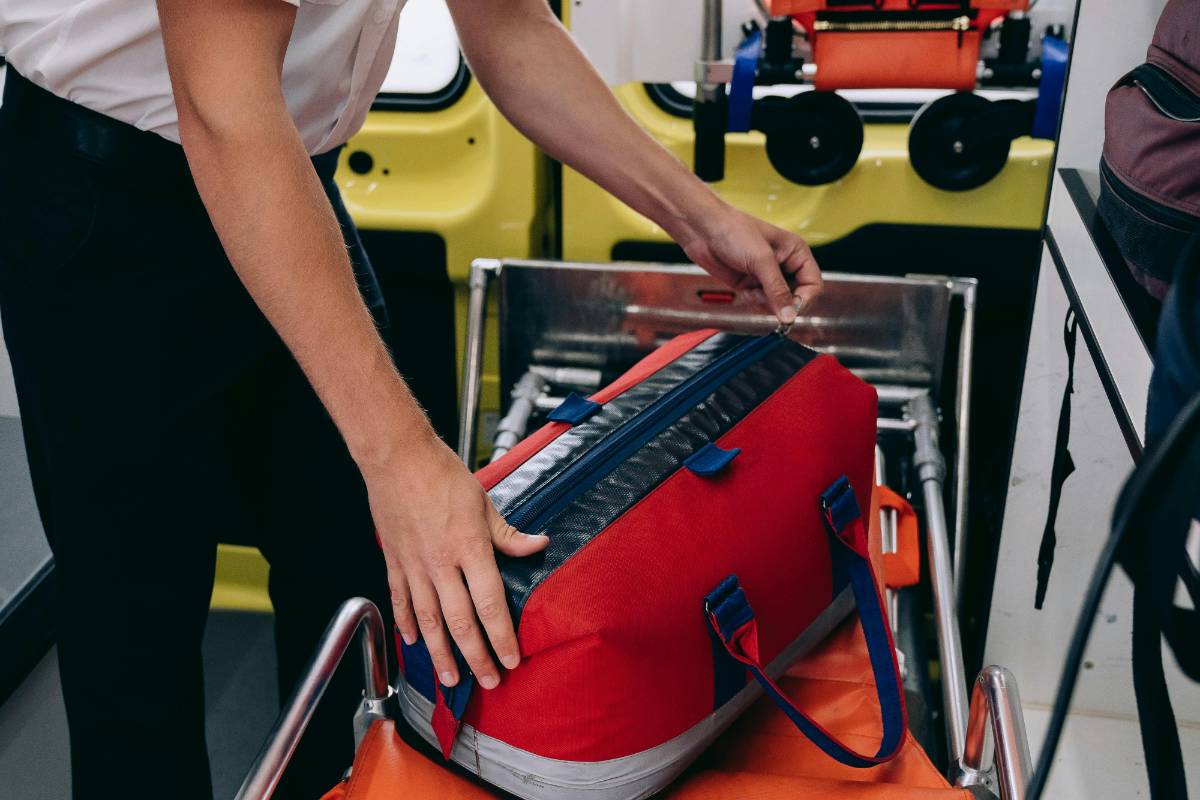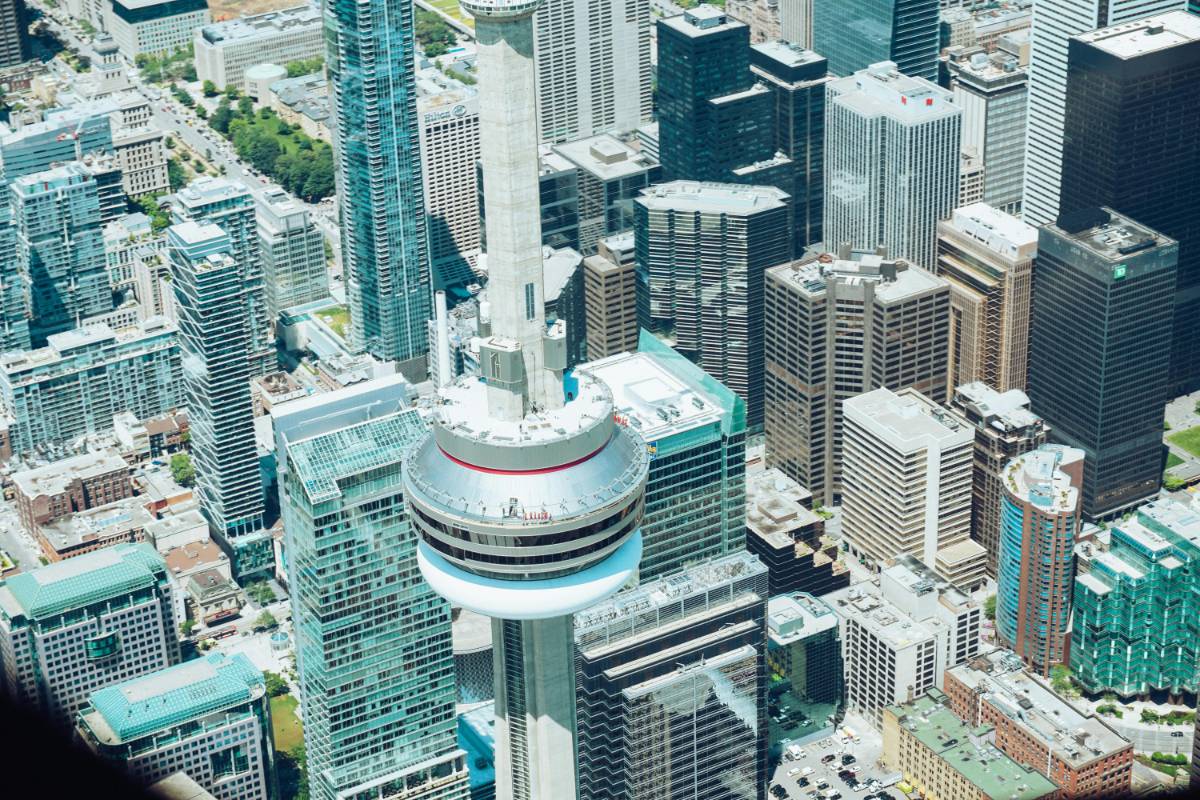

An emergency fund is a crucial aspect of financial planning, providing a safety net for unexpected situations such as medical emergencies, car repairs, or sudden job loss. Having a well-established emergency fund can reduce stress and prevent you from going into debt when life’s unexpected events occur. In this article, we’ll explore why emergency funds are essential and how you can start building one today.

An emergency fund serves as a financial buffer to cover unexpected expenses, ensuring that you’re not forced to rely on credit cards or loans in times of need. Here are some key reasons why having an emergency fund is important:
Financial Security: An emergency fund provides a sense of security knowing you have money set aside for unforeseen events.
Avoiding Debt: Without an emergency fund, you may resort to credit cards or loans, which can lead to high-interest debt.
Peace of Mind: Knowing you’re financially prepared for emergencies reduces stress and allows you to focus on resolving the situation rather than worrying about finances.
The amount you should aim to save in your emergency fund depends on your lifestyle, expenses, and individual needs. A general rule of thumb is to save at least three to six months' worth of living expenses. However, you may need more depending on factors like job stability, family size, or the potential for medical emergencies.
Factors to consider when determining how much to save include:
Your Monthly Expenses: Calculate your essential monthly expenses, such as rent, utilities, groceries, and transportation.
Job Stability: If you work in a field with high job turnover or uncertainty, you may want to save more to account for potential unemployment.
Health Factors: If you have a family history of health issues or live in a location with high healthcare costs, you may need a larger emergency fund.
Your emergency fund should be kept in an easily accessible, low-risk account. Consider the following options for storing your emergency savings:
High-Yield Savings Accounts: These accounts offer higher interest rates than regular savings accounts, allowing your emergency fund to grow while remaining liquid.
Money Market Accounts: Money market accounts are another safe option that offers competitive interest rates and easy access to your funds.
Certificates of Deposit (CDs): Although not as liquid as savings or money market accounts, short-term CDs can offer higher interest rates for your emergency fund if you don’t need immediate access to the money.

Building an emergency fund doesn’t happen overnight, but with discipline and a strategic approach, you can steadily grow your savings. Here are the steps to get started:
Start Small: Begin by setting a realistic goal, such as saving $500 or $1,000. Once you’ve reached this initial milestone, work towards three to six months of expenses.
Automate Your Savings: Set up automatic transfers from your checking account to your emergency fund each payday. This makes saving easier and ensures you stay consistent.
Cut Back on Unnecessary Expenses: Review your budget and identify areas where you can reduce spending, such as dining out or subscription services. Use the extra money to build your emergency fund.
Use Windfalls: If you receive a tax refund, work bonus, or other unexpected income, consider putting a portion of it toward your emergency savings.
Your emergency fund should be reserved for true emergencies. While it may be tempting to dip into the fund for non-urgent expenses, it’s important to save it for unexpected events like:
Job Loss: If you lose your job or experience a reduction in income, your emergency fund will help you cover living expenses while you search for new work.
Medical Emergencies: Health issues can arise unexpectedly, and having an emergency fund ensures you can cover medical bills without going into debt.
Car Repairs: If your car breaks down or requires urgent repairs, your emergency fund will allow you to address the issue without relying on credit cards.
Once your emergency fund is established, it’s important to maintain it. Here are some tips to ensure your fund stays intact:
Avoid Temptation: Resist the urge to use your emergency fund for non-emergencies, and make sure to only use it for its intended purpose.
Replenish After Use: If you tap into your emergency fund, make sure to replenish it as soon as possible to ensure it’s available for the next unexpected situation.
Review Your Fund Periodically: As your expenses change, review your emergency fund to ensure it’s still sufficient for your needs.
Building an emergency fund is an essential part of financial planning. It provides peace of mind and financial security during uncertain times. By starting small, automating your savings, and using your emergency fund responsibly, you can protect yourself from financial stress and avoid falling into debt. Whether you’re just starting or looking to grow your savings, it’s never too late to begin building your emergency fund.











